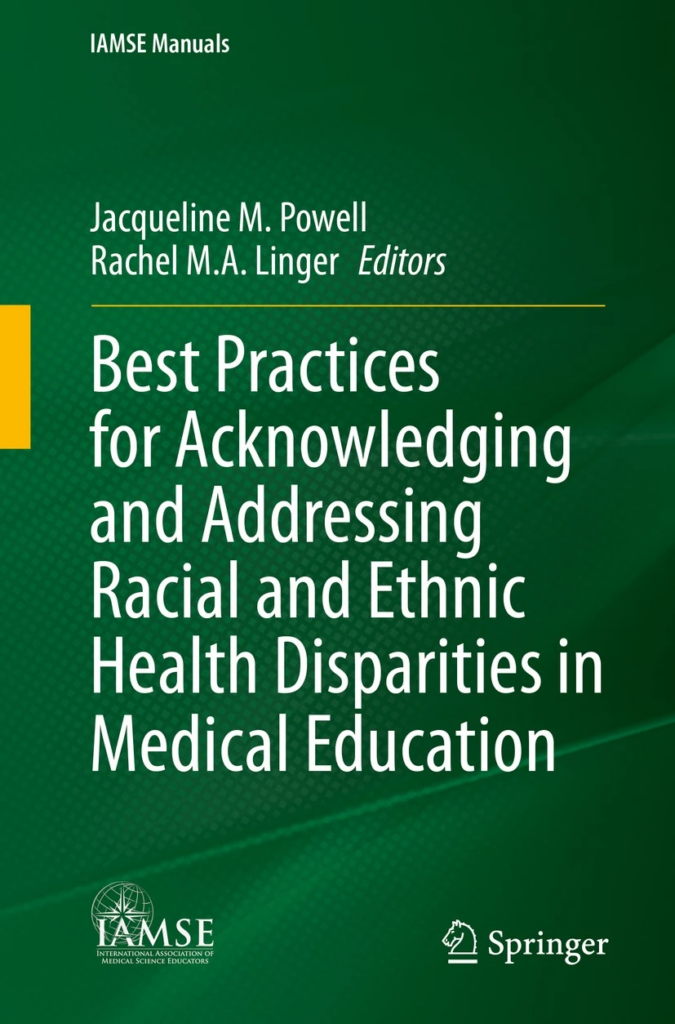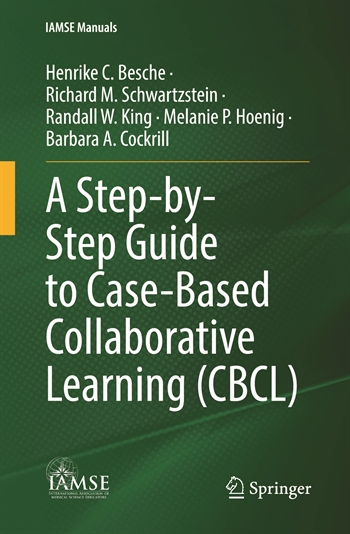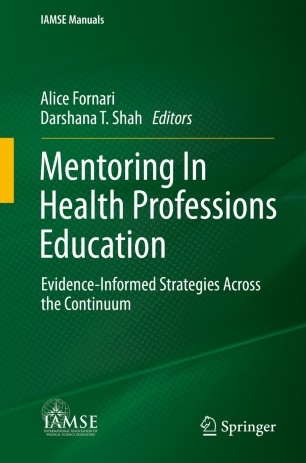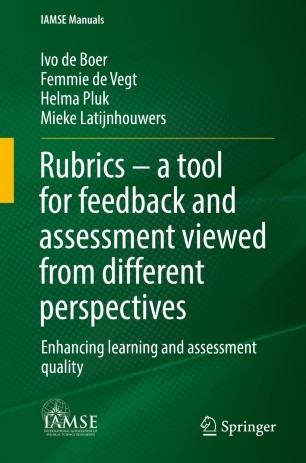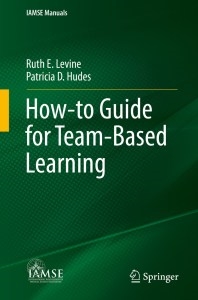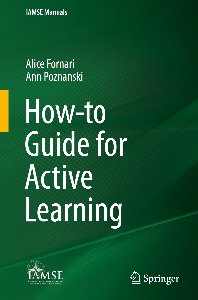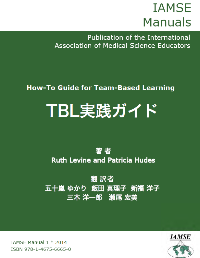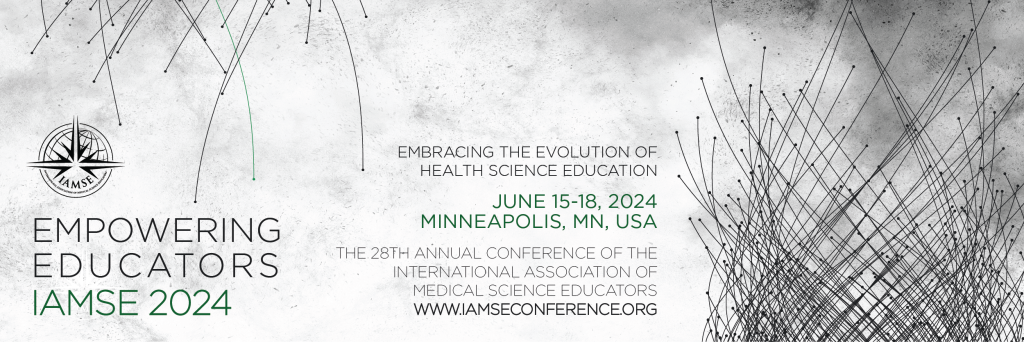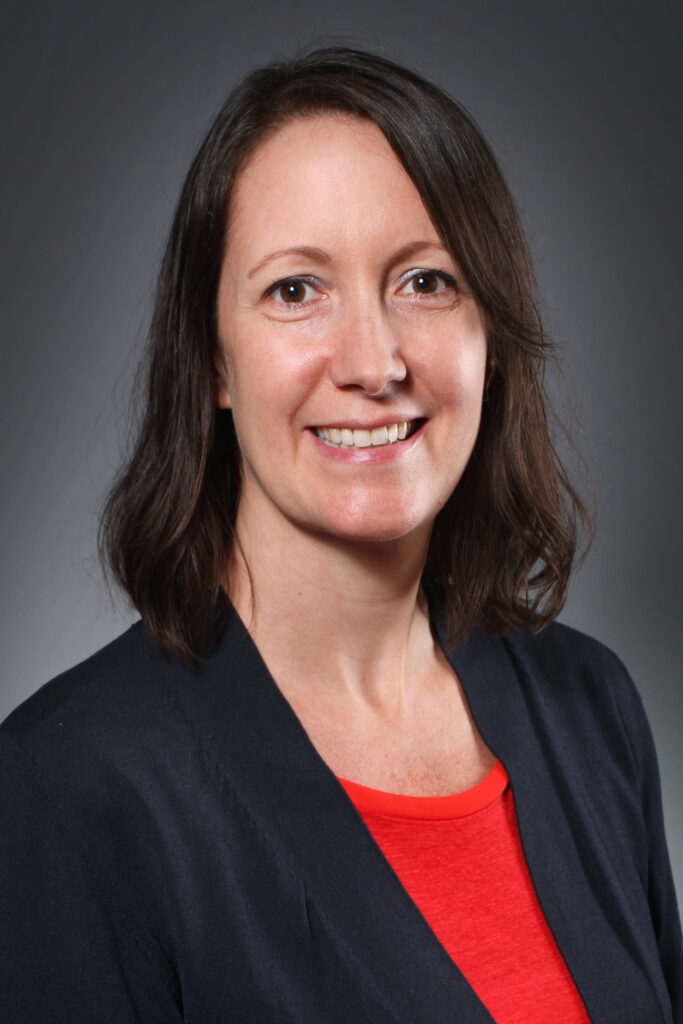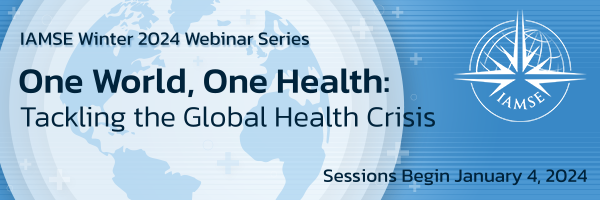Presenters: Anna Cianciolo PhD, Professor Medical Education, Southern Illinois School of
Medicine, Editor in Chief, Teaching and Learning in Medicine, Peter de Jong PhD, Senior
Adviser/Researcher, Center for Innovation in Medical Education Leiden University Medical
Center, Past Editor in Chief Medical Science Educator, President IAMSE, Subha Ramani
MBBS, PhD, MPH, Associate Professor Medicine, Harvard Medical School, President AMEE.
[The following notes were generated by Michele Haight]
Culture and Practices for Global Inclusion in Health Professions Education (HPE)
Publishing: What Can Work?
Global inequities exist in the STEM literature and likely in the HPE literature as well. The MEJ
24 is a list of 24 predominantly European and North American journals identified as the core
seed set of journals comprising the field of medical education. Only 3 of the top ten journals
listed are located in the Global South, representing 4.2% of authors. 62.8% of authors come from
the US, UK and Canada, which are in the Global North.
85% of the world’s population lives in the Global South. There is a disconnect between global
knowledge production and global knowledge dissemination. Scholars from the Global South are
excluded from knowledge conversations. This leads to a lack of confidence in their capacity to
be included in knowledge conversations, which leads to a lack of representation for
disseminating knowledge as peer reviewers and editorial board members.
Global South is a term used by government and development organizations to describe
developing low- and middle-income countries that are typically former colonial entities.
However, this term has been challenged because it does not represent the nuances and
complexities of the countries and peoples it is proposed to describe.
HPE publishing uses the Global South delineation to promote inquiry and discussion. Doing so
can serve to interrupt entrenched thinking and practices in order to create a space for
participation and innovation. This term can also stimulate discussion about the agency of
individuals and organizations in achieving global inclusion.
For HPE publishing, applying an Inclusive Excellence Framework based on Shore’s (2011)
Inclusion Framework can mitigate some of the aforementioned challenges. Inclusive Excellence
occurs as the result of high belongingness and high value in uniqueness. Because this is most
easily achieved in small groups, publishers and editors are encouraged to create micro
communities within the larger publishing communities.
Adapting DeLuca’s (2013) Interdisciplinary Framework for Educational Inclusion to HPE
publishing is a practical model for education and inclusion. In its current practice, the HPE
publishing world is moving away from a unicentric perspective in which European and North
American principles, rules and regulations have dominated the publishing space. HPE publishing
is mostly gravitating towards a beginning and sometimes approaching an advanced multicentric
perspective. The overall goal for HPE publishing is to transform to a concentric perspective.
Strategies adapted from Danowitz & Tuitt, (2011) for creating a practical framework for
Inclusive Excellence are as follows:
- Programmatic focus on the intellectual and social development of members
- Engagement in purposeful development and utilization of all resources, especially human resources
- Celebrating of cultural differences and publishing about them
- Creating welcoming communities, small and large
- Embracing all diversity to enhance student, staff, and organizational learning.
The following are strategies that journals and authors can utilize to promote Inclusive
Excellence.
Journals:
- Make editorial boards and peer reviewers more diverse.
- Establish international advisory boards.
- Provide workshops and conferences to support publishing.
- Create internships for editorial boards.
- Provide English language support.
- Invite authors from different regions to participate in special issues.
- Waive article processing fees.
- Develop and train editorial board, reviewers and viewers.
- Introduce double-blinded peer reviews.
Authors:
- Carefully choose the target journal.
- Be attentive to instructions to the author; if unsure, connect with the journal.
- Find and collaborate with co-authors.
- Review the international literature.
- Explain the study’s context and why the manuscript is special.
- Explain the study’s relevance and implications.
Striving for inclusion in HPE publishing is not a matter of being altruistic. It is a necessary
endeavor to achieve a scholarly dialogue that will improve the practice and understanding of
HPE publishing. Promoting scholarly efforts and publishing infrastructure outside of the Global
North are also essential actions to attaining Inclusive Excellence. This is the work that is
currently being done by the International Network for Advancing Science and Policy (INASP)
and the Global Health Scholarship Community of Practice Program.
As always, IAMSE Student Members can register for the series for FREE!

